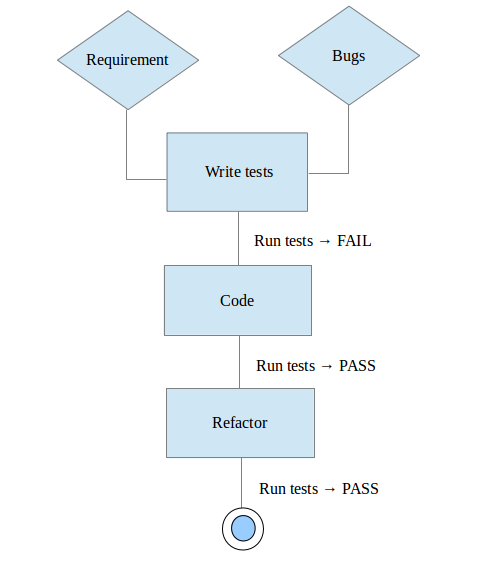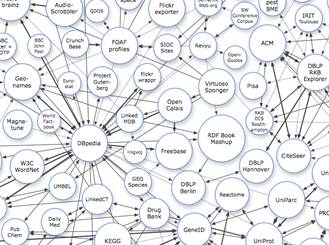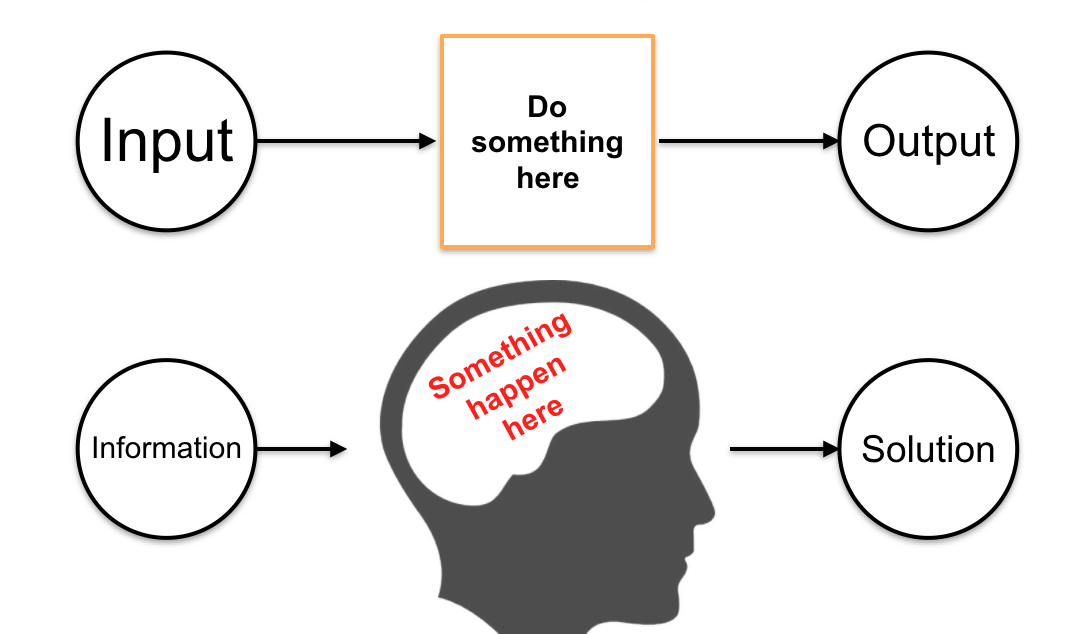TDD & BDD Best Practices with RSpec in Creating Web Service
- TDD Process
Hi everyone, I think that many of you have heard about TDD, BDD. Although you may appreciate this process of software development, you may not have opportunity to work with the process. Today, I want to give you an overview of TDD, and a tool called RSpec for behavior testing in Ruby. Let’s start!
I. Overview
1. TDD
TDD stands for ‘Test-driven development’, a software development process in which we repeat the cycle: Write test first → Code → Refactoring through the life time of project.
2. BDD
TDD stands for ‘Behavior-driven development’ which bases on the core concept of TDD. You write unit tests, acceptance tests, integration tests, etc to check how your application behaves with requirements. However, you must do the same process as TDD. Thus, there’s no clearly difference between TDD an BDD. Writing correct tests in TDD means you are following the BDD. Reversely, doing right BDD means you are doing TDD.
You can find so many results of the two concepts on Internet, in fact, they are the same. It is an efficient process of developing a software, to have a clearly understanding of requirements, good designs, and minimal bugs. Write tests first, then code, then refactoring.
3. RSPEC
Spec is a testing tool for Ruby programming language. RSpec is created under purpose of creating products in BDD process.
RSpec provides:
- Rich terminal commands
Automation testing
Textual descriptions which is almost the same with how people think
4. Benefits
- Understand more clearly about requirements
- Help developers improve code design
- Focus on function, output expectations, then validations
- Reduce significantly bugs
- Ensure functions are connected together in the right way (by integration test)
- Make source code more maintainable, more adaptable with changes, more flexible.
- Create more freedom for developers to improve source code, change requirements, merge with other features …
II. Practical RSpec in creating a web service
1. Describe method: short and meaningful
Ex1:
describe 'Users#index' do
describe 'invalid cases' do
describe 'data' do
it 'user id' do
expect sth.to eql sth
end
end
end
endEx2:
describe 'admin?'
2. Single expectation test
describe ‘valid’ do
before do
…
end
it {expect response.to be_ok}
it ‘response format’ do
… check response
end
end3. Check response format
describe ‘valid’ do
before do
…
@response = JSON.parse(response.body)
end
it ‘response format’ do
arr_res_fields.each do |key|
@response.should be_has_key(key)
end
end
end4. Check data
describe ‘valid’ do
before do
…
@response = JSON.parse(response.body)
end
it ‘check returned data’ do
expect @response[status].to eql(1)
expect @response[message].to eql(‘ok’)
end
end5. Validate params
describe ‘invalid’ do
it ‘category’ do
[nil, 'a', 4].each do |value|
get ‘products’, {category: value}, HEADER
expect (response.status).to eql(:bad_request)
end
end
end6. Use let & subject
let(:account) { Account.create(name: ‘Colin’)}
subject {account}
it {should respond_to(:name)}7. Create data when needed
describe ‘CRUD’ do
let(:user) {User.create(email: ‘colin@test.com‘)}
describe ‘create’ do
before do
post ‘users’, {email: ‘colin@test.com‘}, HEADER
@response = JSON.parse(response.body)
end
it {expect(response.status).to eql(:bad_request)}
it {expect(@response)['message']).to eql(‘email used’)}
end
end
describe ‘CRUD’ do
let(:user) {User.create(email: ‘colin@test.com‘)}
let(:admin) {Administrator.create(email: ‘admin@test.com’)}
describe ‘Delete’ do
before do
params = {auth_token: admin.authentication_token}
delete ‘users/#{user.id}’, params, HEADER
@response = JSON.parse(response.body)
end
it {expect(response.status).to eql(:no_content)}
end
end8. DRY: shared examples
shared_example for ‘listing users’ do |response|
it ‘response format’ do
['status','message', 'data'].each do |key|
expect response.to be_has_key(key)
end
end
it ‘data format’ do
['account_id', 'name', 'avatar_thumb'].each do |key|
expect response['data'].to be_has_key(key)
end
end
it {expect response.to be_ok}
it {expect response['status'].to eql(1)}
it {expect response['message'].to eql(0)}
end
describe ‘friends#index list’ do
before do
get ‘users/user_id/friends
end
it_behaves_like “listing users”, response
end
describe ‘followers#index’ do
before do
get ‘users/user_id/followers’
end
it_behaves_like “listing users”, response
it ‘other custom validations’
end9. Use FactoryGirl
# factories/user.rb
FactoryGirl.define do
factory :user do
first_name “John”
last_name “Doe”
admin false
end
factory :admin, class: User do
first_name “Admin”
last_name “User”
admin true
end
end
# Spec
let(:user) {FactoryGirl.create(:user)}
let(:admin) {FactoryGirl.create(:admin)}10. Integration Test
describe ‘users#update’ do
before do
get ‘users/index’, {page: 1} # cache users
put ‘users/user_id’, params = {…} # success
end
describe ‘check update success’ # pending spec
describe ‘index user’ do
before do
get ‘users/index’, {page: 1}
end
it ‘should reset cache after updating user’#pending
end
end11. Code Coverage (Ex: simplecov for Ruby application)





